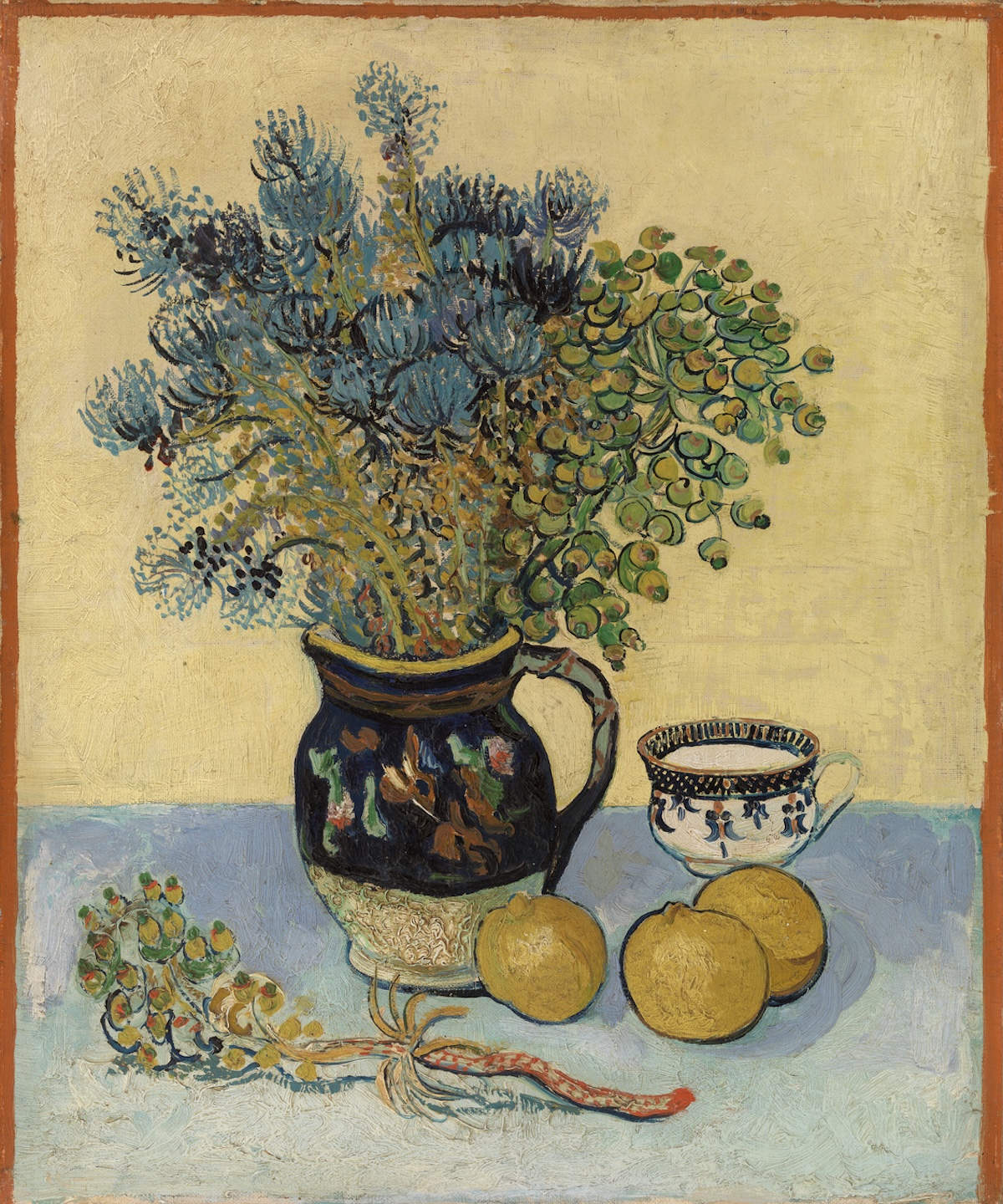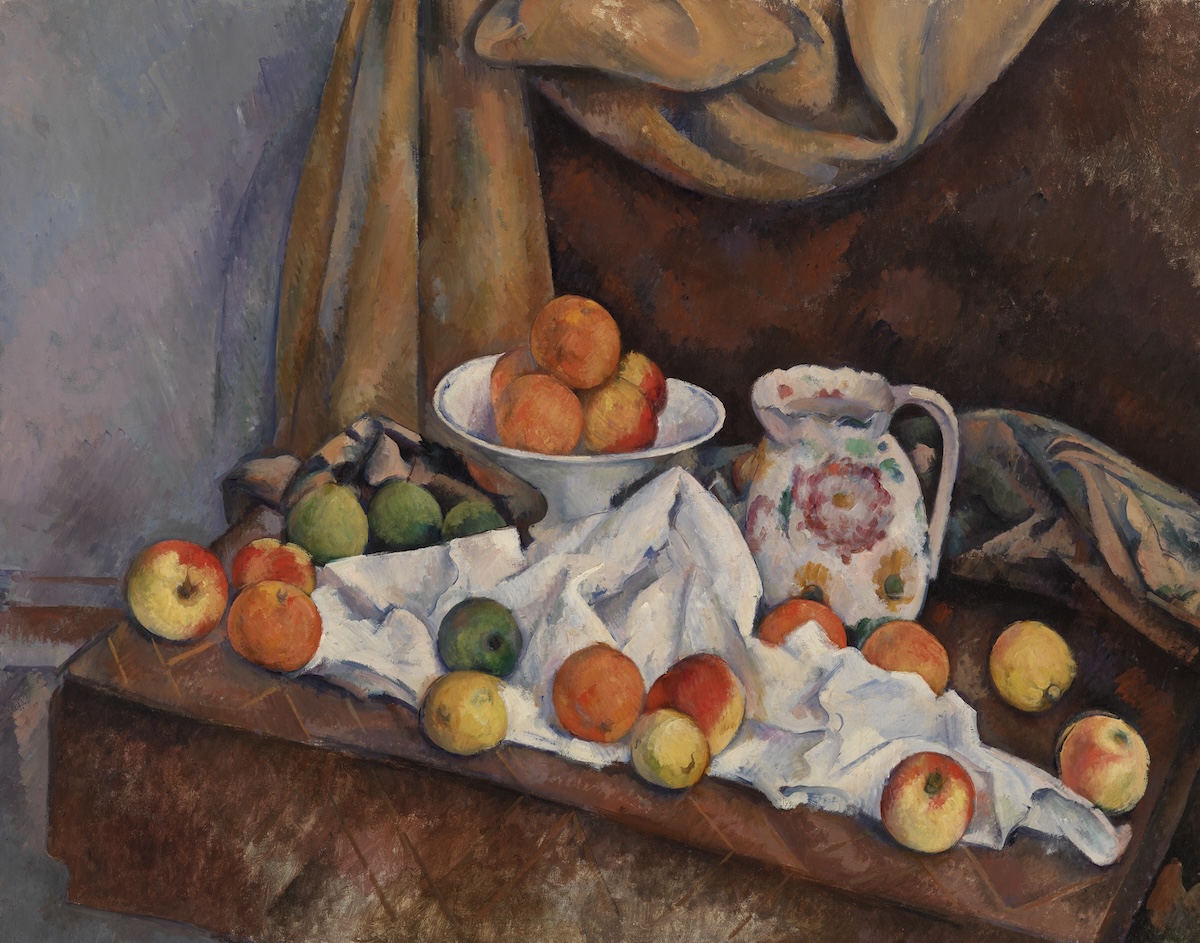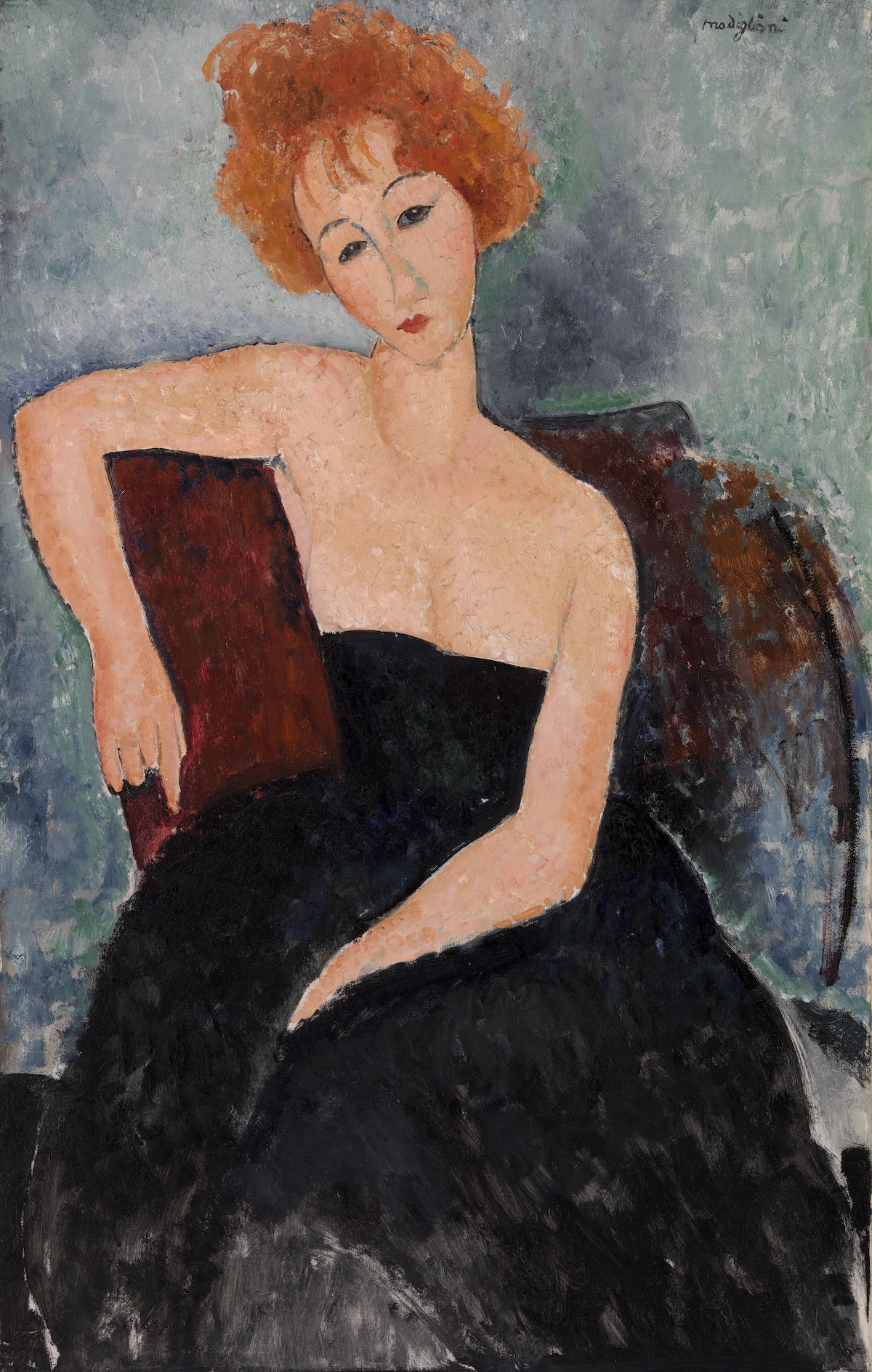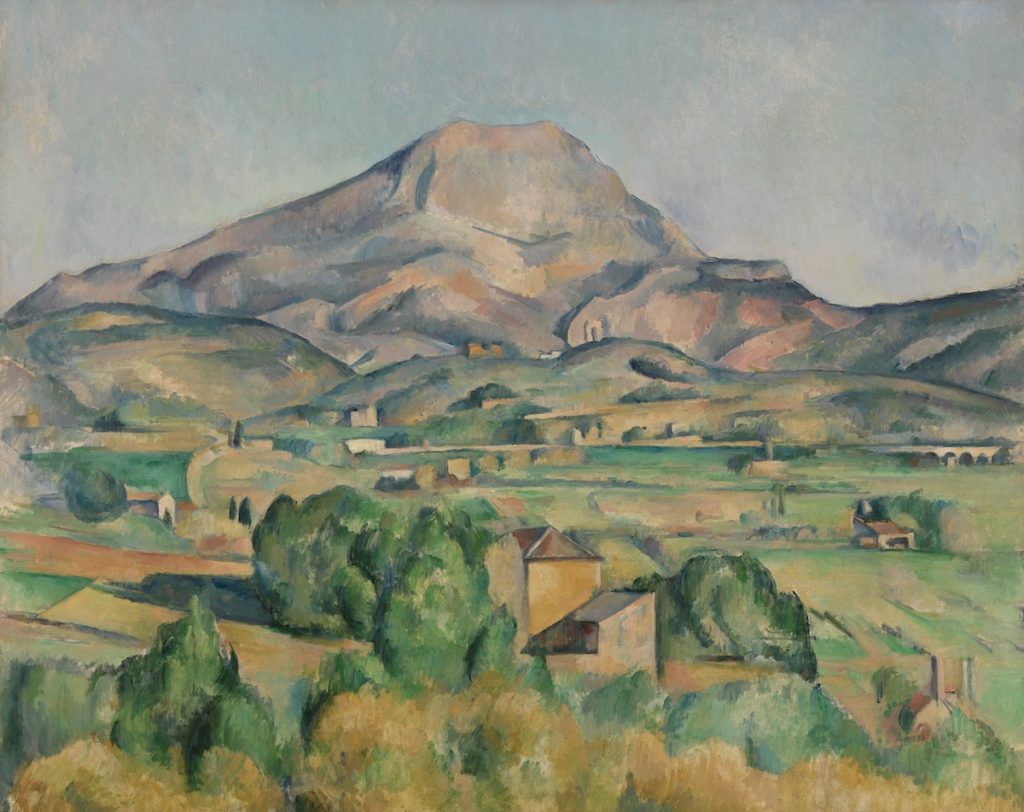This summer, the Barnes Foundation offers an opportunity to experience some of the most treasured paintings in its permanent collection through a bold new lens. From Paris to Provence: French Painting at the Barnes—on view from June 29 through August 31, 2025, in the Roberts Gallery—is a thoughtfully curated journey through France as seen through the eyes of its most iconic painters. With more than 50 masterworks by Cézanne, Van Gogh, Monet, Manet, and others recontextualized into regional narratives, From Paris to Provence invites visitors to see these revered works not as isolated achievements but as part of a rich geographic and cultural dialogue.
Curated by Cindy Kang, PhD, and supported by Comcast NBCUniversal, this exhibition marks an expansion of the Barnes’s educational mission—one that not only honors the legacy of Dr. Albert Barnes’s collection but reintroduces it with fresh insight and art historical relevance.
From Paris to Provence: Place as Muse
From Paris to Provence prompts a compelling question: How did the places where these artists lived, worked, and wandered shape what they painted? The exhibition opens in the urban sprawl of 19th-century Paris, a city whose light, people, and energy inspired Impressionists like Claude Monet, Pierre-Auguste Renoir, and their influential peer Édouard Manet. In Laundry (1875), Manet renders the everyday life of a washerwoman not as a scene of labor but as an idyllic composition filled with whites, greens, and domestic charm—a deliberate contrast to the gritty realism of the time.

The exhibition’s journey continues to the Seine and its suburbs, where Monet’s The Studio Boat (1876) floats as both subject and symbol of the painter’s obsession with capturing the fleeting play of light on water. Monet’s innovative floating studio allowed him to paint the river not from its banks, but within its currents—merging technique with location in a uniquely modern way.
Further south, From Paris to Provence explores the deeply personal and stylistic transformation of Vincent van Gogh in Arles and Saint-Rémy. On one gallery wall, visitors will encounter—for the first time at the Barnes—a unified presentation of Van Gogh’s southern French works. Among them, The Postman (Joseph Étienne-Roulin) (1889) stands out not only for its bold color and intimate gaze but also for the story behind it: a friendship forged between a struggling artist and a working-class civil servant, both animated by radical ideas and mutual empathy.
From Paris to Provence: Cézanne and the Soul of the South
Few artists are more closely linked to a specific landscape than Paul Cézanne and his native Provence. From Paris to Provence features nearly 20 works by Cézanne, many of which depict the rural terrain and structures of his childhood. Mont Sainte-Victoire (1892–95) anchors this section with sweeping ochres and muted blues that communicate not only the grandeur of the region’s most famous peak but also the modernist tension between nature and form. It’s a canvas steeped in both memory and geometry—painted not just from observation, but from reverence.

Cézanne’s dedication to depicting Jas de Bouffan, his family estate, becomes a subtle act of resistance against industrial change, anchoring his art in permanence even as the world around him modernized.
From Paris to Provence: A Return to the Avant-Garde Capital
As the exhibition rounds back to Paris, it shifts its focus to a new generation of modernists who converged there from across Europe. Painters like Amedeo Modigliani, Chaïm Soutine, Giorgio de Chirico, and Joan Miró brought with them radical new approaches to portraiture, symbolism, and abstraction. Modigliani’s Portrait of the Red-Headed Woman (1918) is a standout—her confident pose and exposed shoulders suggest not only a changing role for women in early 20th-century society, but a new visual language that was bold, personal, and global.
This concluding section of From Paris to Provence subtly affirms Paris’s enduring place as the epicenter of the avant-garde—a magnetic force that both grounded and challenged artists from every corner of Europe.

From Paris to Provence: A Thoughtful Reframing at the Barnes
While From Paris to Provence is undeniably an aesthetic experience, it is equally a curatorial masterclass. By removing these paintings from their familiar walls in the Barnes’s first-floor galleries—temporarily closed for refinishing—curator Cindy Kang invites us into a conversation about place, influence, and transformation. Each juxtaposition is intentional; each section is a step along a narrative arc that spans decades, styles, and regions.
The exhibit is an exploration of how geography can shape an artist’s brush. In the process, you are encouraged to see these celebrated works not as static icons but as living, breathing reflections of a world in motion.
Discover more from artsXhibit
Subscribe to get the latest posts sent to your email.

